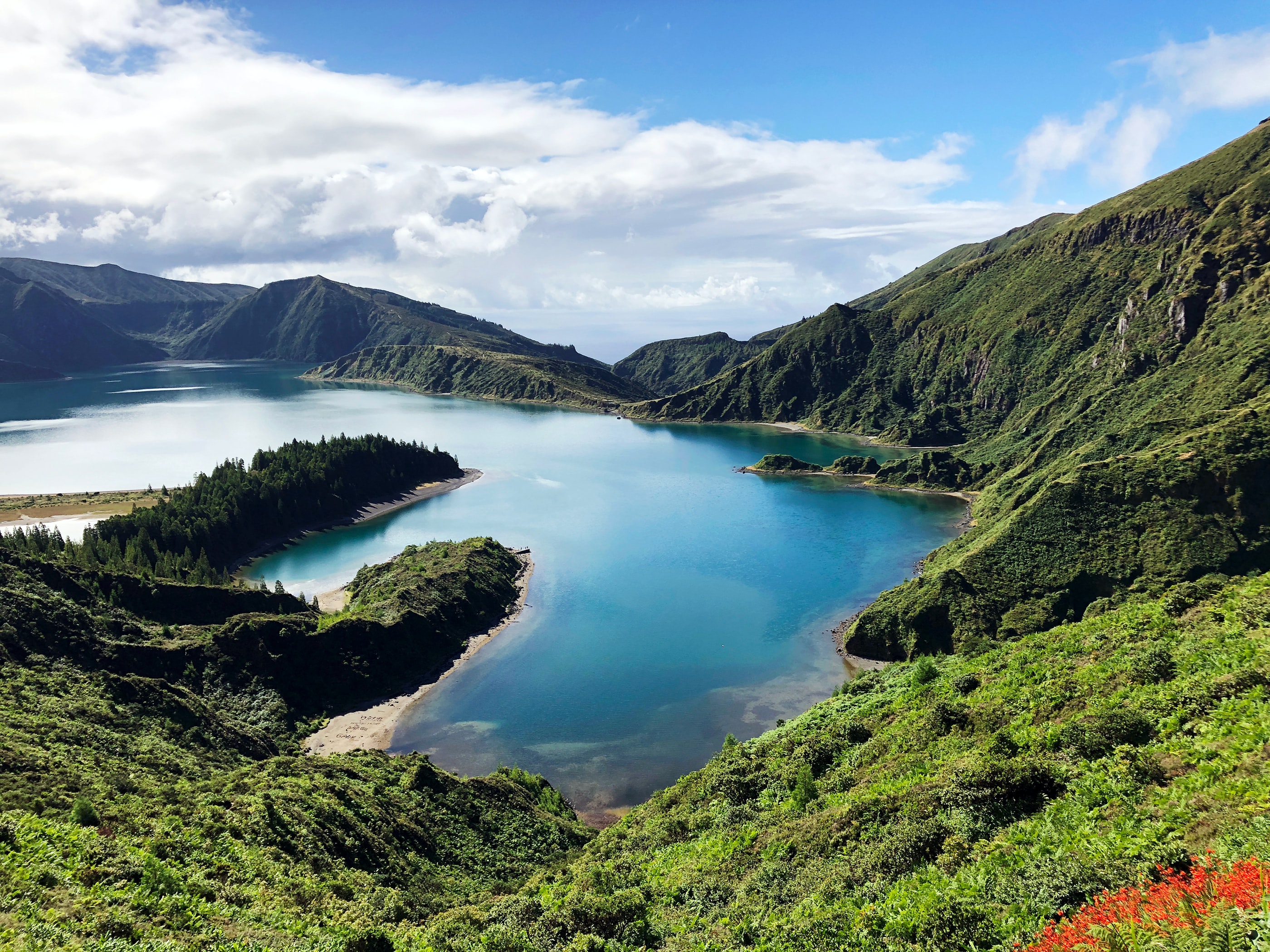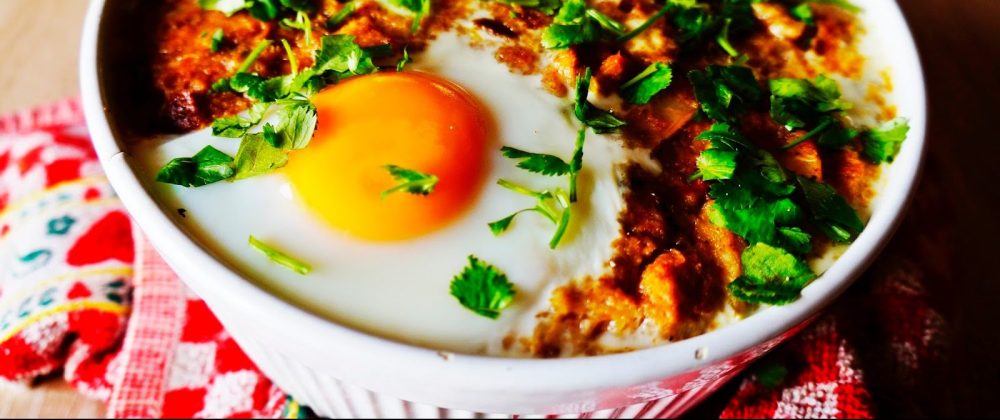Fondillón: A Very Unique Style of Sweet Spanish Wine from Alicante
 Coming across Fondillón is a bit like meeting Samuel Taylor Coleridge‘s Ancient Mariner, buttonholing you with stories of ancient glories and disaster. You’re half fascinated and half disbelieving. Yet he starts pulling bits and pieces out of his pockets – there is the price list of leading Alicante wine merchants Maisonnave & Co. from the nineteenth-century showing that its top Fondillon cost 800 francs per hectolitre, while its top Port cost 153, its top Sherry 204, its top Madeira 272. But what happened? The other wines mentioned may have their ups and downs, but they are still household names and are still drunk enthusiastically in their places of origin and appear on international wine lists. In Alicante itself you’d have to strike lucky or know your way around town to find a place that stocks Fondillón. Phylloxera hit Fondillón twice over. First, the pest’s initial destruction of vineyards beyond the Pyrenees meant that Alicante wine exports boomed, so that the tradition of long ageing was driven out by the onset of fast money and high prices. Secondly, when it did reach the region, the newly acquired export markets were recovering their own production. Exports of wine from the port of Alicante halved from 1900 to 1901. One of the great European wine regions over centuries became a backwater almost overnight, a situation from which it is only now emerging. As the Ancient Mariner says:
Coming across Fondillón is a bit like meeting Samuel Taylor Coleridge‘s Ancient Mariner, buttonholing you with stories of ancient glories and disaster. You’re half fascinated and half disbelieving. Yet he starts pulling bits and pieces out of his pockets – there is the price list of leading Alicante wine merchants Maisonnave & Co. from the nineteenth-century showing that its top Fondillon cost 800 francs per hectolitre, while its top Port cost 153, its top Sherry 204, its top Madeira 272. But what happened? The other wines mentioned may have their ups and downs, but they are still household names and are still drunk enthusiastically in their places of origin and appear on international wine lists. In Alicante itself you’d have to strike lucky or know your way around town to find a place that stocks Fondillón. Phylloxera hit Fondillón twice over. First, the pest’s initial destruction of vineyards beyond the Pyrenees meant that Alicante wine exports boomed, so that the tradition of long ageing was driven out by the onset of fast money and high prices. Secondly, when it did reach the region, the newly acquired export markets were recovering their own production. Exports of wine from the port of Alicante halved from 1900 to 1901. One of the great European wine regions over centuries became a backwater almost overnight, a situation from which it is only now emerging. As the Ancient Mariner says:
There passed a weary time. Each throat
Was parched, and glazed each eye.
A weary time ! a weary time !
But unlike other wines down the ages, Fondillón’s journey was not done. Nor has it been reduced to a quaint curiosity with little to offer the contemporary wine drinker. The February 2008 issue of the “Wine Advocate” gave a 93-point rating to Primitivo Quiles Fondillón Gran Reserva Solera 1948.
So, what is Fondillón? In a nutshell, it is an unfortified, semi-sweet, Monastrell-based “vino rancio” (a style of wine obtained by means of intentional oxidation, or maderization, generally achieved by prolonged periods of ageing in wood or exposure to heat), made from grapes which are left to overripen on the vine before fermentation, resulting in a sweet wine that is very high in alcohol (the finished product comes in at 16-18% ABV). It is then aged in giant wooden barrels for no less than eight years and often more than twenty. The process slowly oxidizes the wine, adding complexity and refinement. The original brilliant red turns slowly to amber until the result is not unlike its fellow “vinos nobles” of Madeira or Sherry in colour and style, so that it is hard to believe that this wine is not fortified and is made solely from red Monastrell grapes. In the words of the “Wine Advocate”:
“Dark amber/brown in color, it has aromas reminiscent of an Amontillado sherry including almonds, ginger, dates, and assorted dried dark fruits. It finishes sherry-like but without the alcohol and the bite. There is nothing else quite like this uniquely styled dry wine.”
 There are other peculiarities relating to Fondillón. The two leading producers from the town of Monovar, Bodegas Salvador Poveda and Bodegas Primitivo Quiles, make oustanding Fondillons. But the Quiles Fondillón is made using a sherry-style “solera” system blending younger wine with older casks of wine, while the Poveda Fondillón is made from specific vintages as with Port. These two houses are responsible for saving Fondillón for posterity. Sales volumes cannot provide an exciting commercial return, but this piece of living history is central to the identity of these bodegas and this area. Other Alicante producers have begun to make their own Fondillons. These are all similar in style to the two mentioned, other than Fondillón Casta Diva Solera 1978 from Gutiérrez de la Vega, which is an intense ruby red and far sweeter (also lighter in alcohol at 14% ABV), in reflection of the winemaker’s different take on the historic style (also rated at over 90 points by “Wine Advocate” and at 88 by “Wine Spectator”). It is also sold at over 100 euros a bottle, while the others generally come in at twenty-something, though Salvador Poveda earlier this year launched a new blended Fondillón – “Sacristía” – combining wines from various vintages between 1930 and 1980, with premium packaging and price. This old fellow with the amazing stories of royal patronage, and helping fend off scurvy on sea voyages before the use of limes, is picking up a few new tricks. Here’s wishing this particular Ancient Mariner a long life ahead with many more tales to be told and no more albatrosses around his neck.
There are other peculiarities relating to Fondillón. The two leading producers from the town of Monovar, Bodegas Salvador Poveda and Bodegas Primitivo Quiles, make oustanding Fondillons. But the Quiles Fondillón is made using a sherry-style “solera” system blending younger wine with older casks of wine, while the Poveda Fondillón is made from specific vintages as with Port. These two houses are responsible for saving Fondillón for posterity. Sales volumes cannot provide an exciting commercial return, but this piece of living history is central to the identity of these bodegas and this area. Other Alicante producers have begun to make their own Fondillons. These are all similar in style to the two mentioned, other than Fondillón Casta Diva Solera 1978 from Gutiérrez de la Vega, which is an intense ruby red and far sweeter (also lighter in alcohol at 14% ABV), in reflection of the winemaker’s different take on the historic style (also rated at over 90 points by “Wine Advocate” and at 88 by “Wine Spectator”). It is also sold at over 100 euros a bottle, while the others generally come in at twenty-something, though Salvador Poveda earlier this year launched a new blended Fondillón – “Sacristía” – combining wines from various vintages between 1930 and 1980, with premium packaging and price. This old fellow with the amazing stories of royal patronage, and helping fend off scurvy on sea voyages before the use of limes, is picking up a few new tricks. Here’s wishing this particular Ancient Mariner a long life ahead with many more tales to be told and no more albatrosses around his neck.
Cheers,
John Maher







